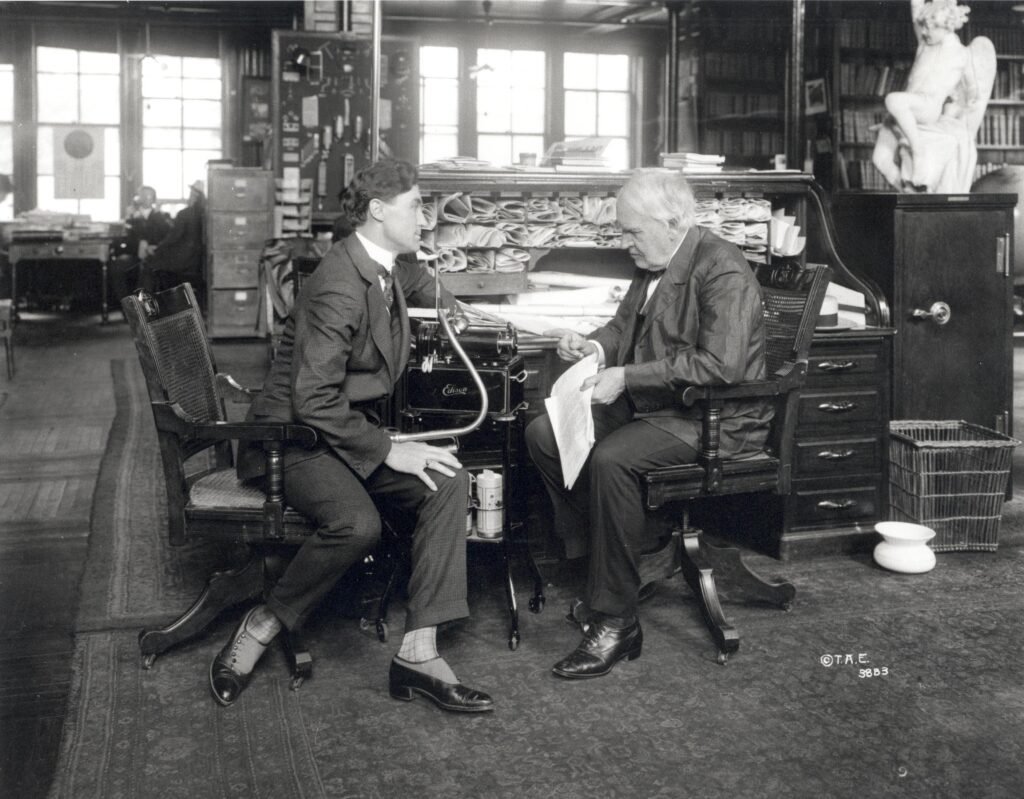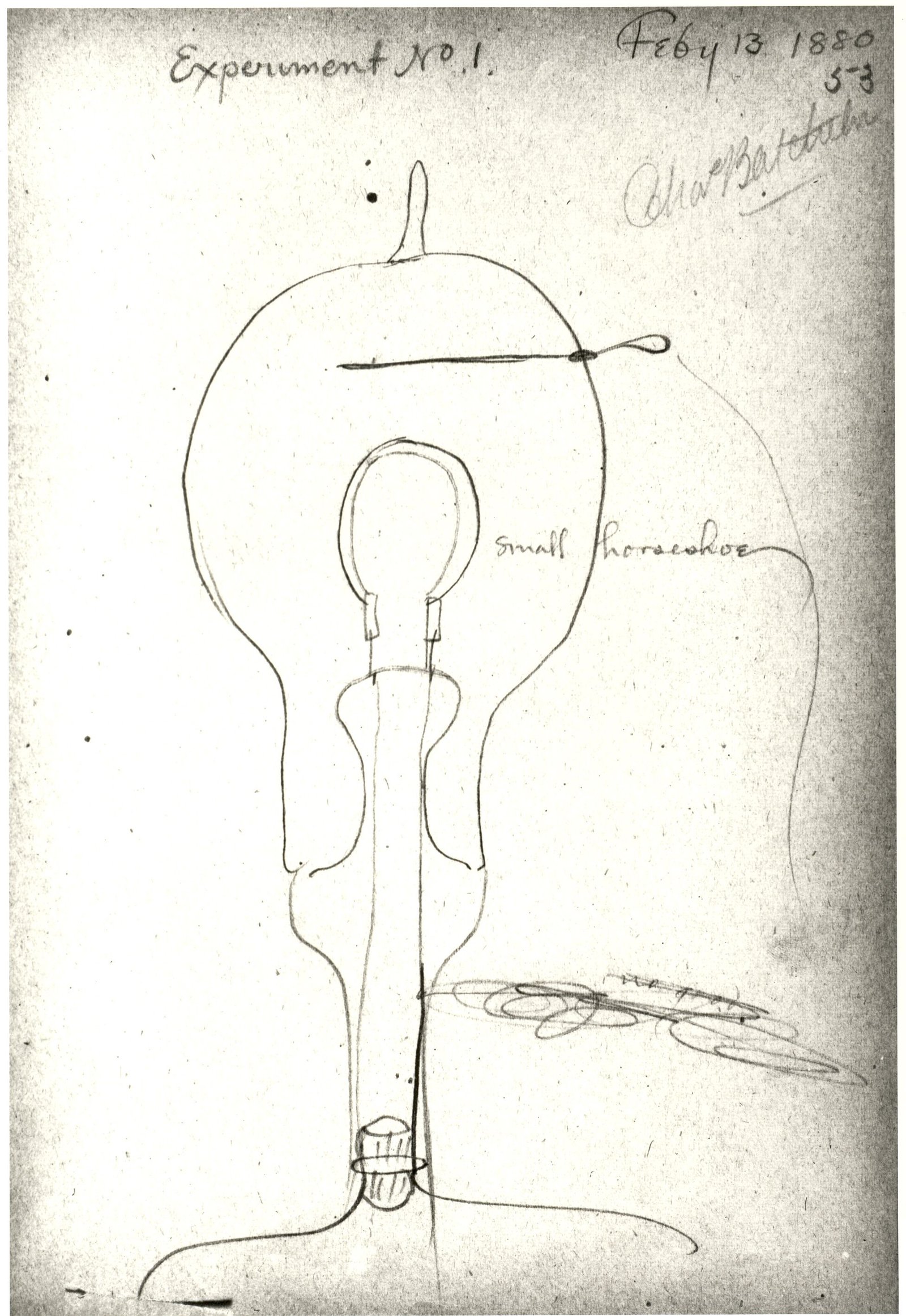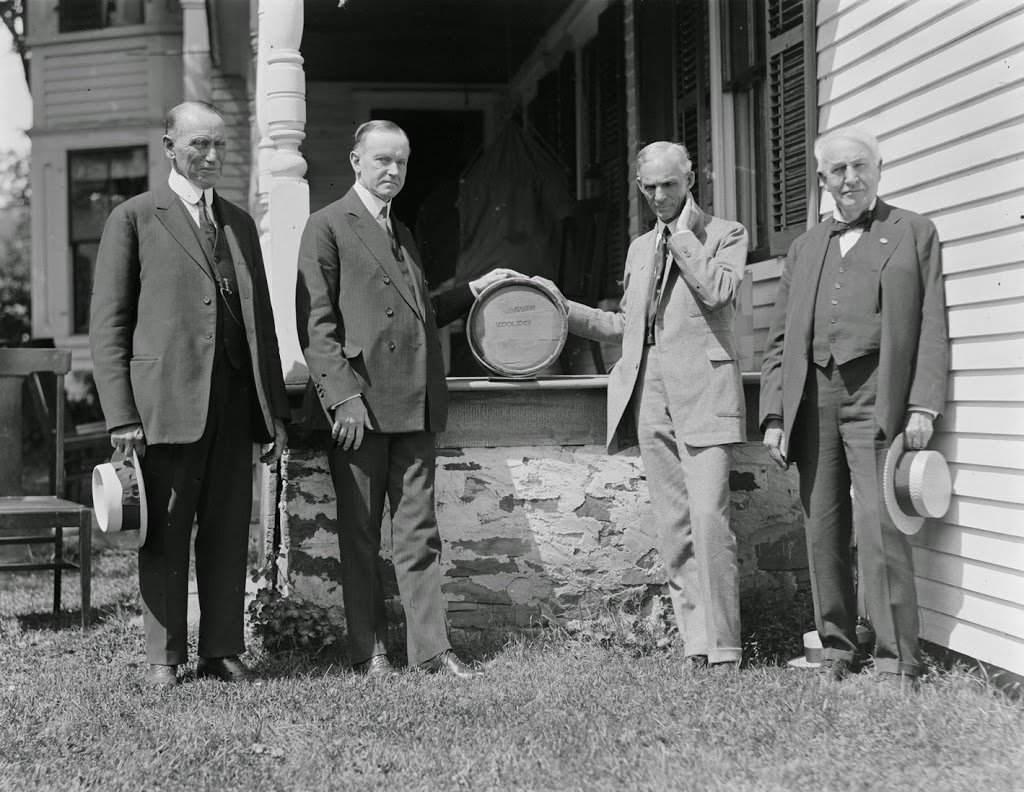Blog
The first Lighting Industry CEO: Thomas Edison —
As an business, electrical lighting is comparatively new—lower than 150 years outdated —and it originated because of an entrepreneur. This particular person conceived {of electrical} lighting as a means of busy, lively thought, contemplation, deliberation, experimentation and invention. His identify is Thomas Edison.
Edison based what you see in the present day because the American lighting business.
A lot has been written, mentioned and depicted in regards to the legendary inventor of the incandescent mild bulb, but his affluent and enduring enterprise and industrial historical past will not be as well-known.
In reality, Thomas Alva Edison, born half-deaf in America’s Midwest and a newcomer to New York Metropolis, who later solid a laboratory in New Jersey, based the Edison Illuminating Firm on December 17, 1880 and the Edison Battery Firm on Might 27, 1901, to develop, manufacture, and promote the Thomas A. Edison mild bulb and the Edison Storage Battery.
How did Edison manufacture the sunshine bulb for mass market distribution? How did Edison run his firm? What had been his ideas on competitors?
Self-made and self-educated Edison, born to poverty in Michigan, acquired his first job on the age of 12. Earlier than turning into a serial inventor, he was a newsboy. Fascinated by telegraphy, in accordance with the PBS documentary, he began working with a telegraph firm at 15, tinkering with machines. Right here, Edison realized the fundamental ideas of electrical energy. He embodied the spirit of entrepreneurship and American ingenuity that fueled a lot of the Technological Revolution of (1850-1914); intelligent, ingenious, generally impulsive, pushed to succeed.
After transferring to New York, he started to conceive of an organization as an concept manufacturing facility, protecting monitor of time he spent creating an concept—hearing-impaired Edison invented the phonograph utilizing Alexander Graham Bell’s phone know-how and he first imagined the electrical mild in three fast pocket book sketches—incomes cash from buyers corresponding to JP Morgan.
As Sterling North observes in his e book, Younger Thomas Edison:
“From ‘rags to riches’ in three days is kind of successful story even for a genius corresponding to Edison. However the deeper which means was that for years he had been getting ready for simply such a second.”
When the inventory market crashed, North writes, “what few {dollars} [Edison] had saved had not been risked in…wild hypothesis. After a number of months Edison and Franklin L. Pope, a extremely smart telegraph engineer, based a [business] of their very own referred to as Pope, Edison and Co., with J. N. Ashley as a 3rd and silent associate. This was the primary agency {of electrical} engineers ever established.”
Thomas Edison was not often idle. Placing a steadiness of earning money in lighting whereas testing and creating innovations in a sort of studio proved to be a problem for younger Edison. However he succeeded in constructing a number of lighting corporations and ultimately offered most of his companies to an organization which turned the Normal Electrical Firm.
Afterwards, in accordance with North, Edison merely sought a great laboratory and time to do his analysis and inventing. In lush inexperienced, peaceable hills—New Jersey’s Orange Mountains—Edison labored night time and day in his laboratory. He punched a time clock as did his workers. However “he greater than doubled their common work week, generally devoting as a lot as 116 hours between Sunday and Sunday.
Creator Edwin Locke writes in The Prime Movers that “Edison is most remembered for his invention of the electrical lightbulb…However [h]e envisioned a whole electrical system to go along with the bulb…[including] a central energy station, insulated wiring, individually managed lights wired in parallel, meters to measure electrical consumption, and the full value aggressive with pure gasoline lighting. Edison needed to invent, along with the lightbulb, the dynamos that might energy the stations, the tactic of wiring and insulation, meters, lighting fixtures, and fuses. These innovations had been made in his laboratory together with the analysis on lightbulbs.
Source link



